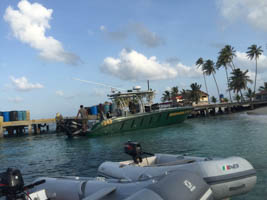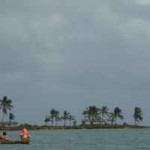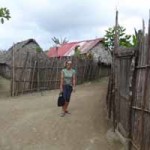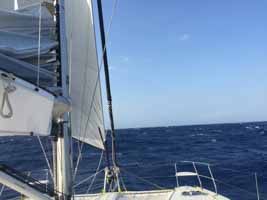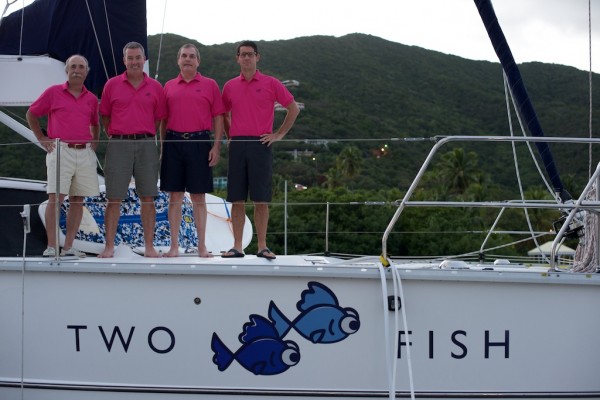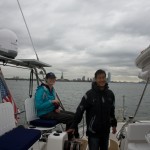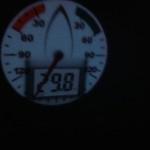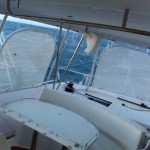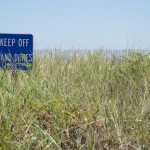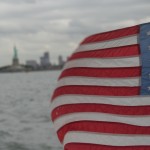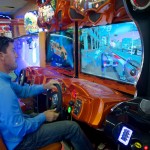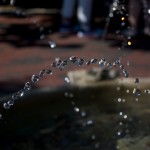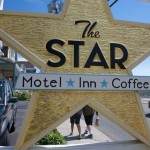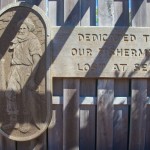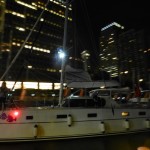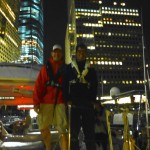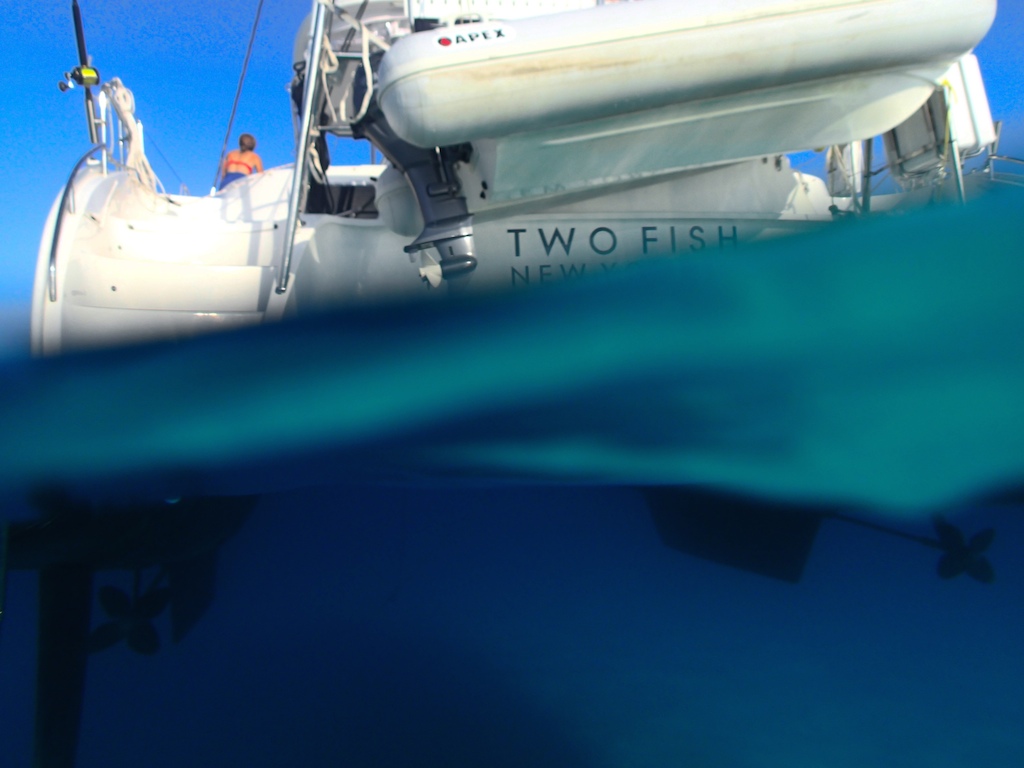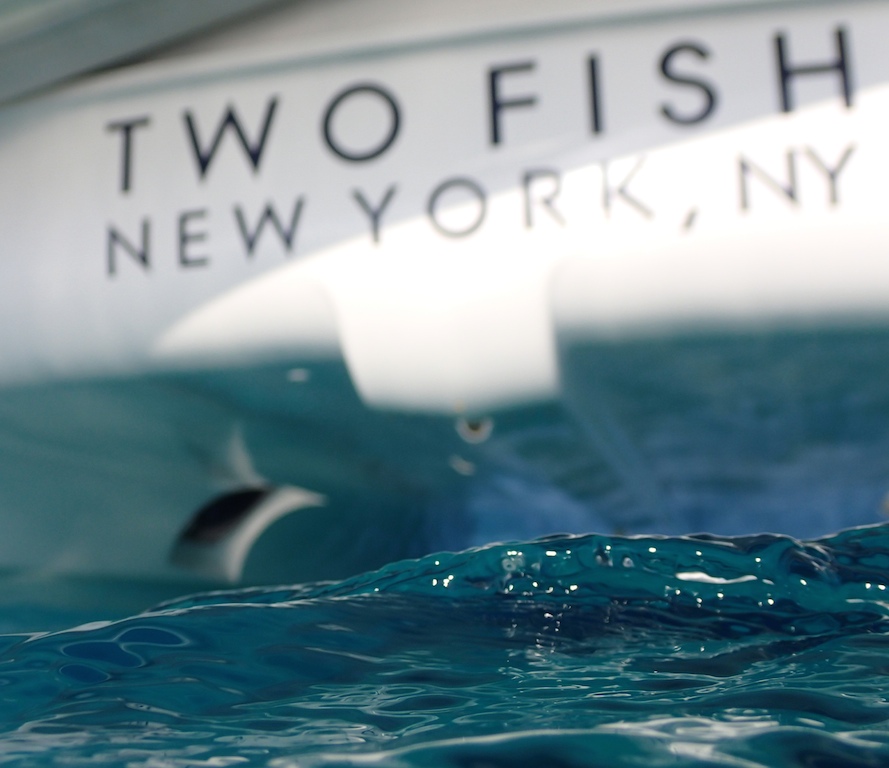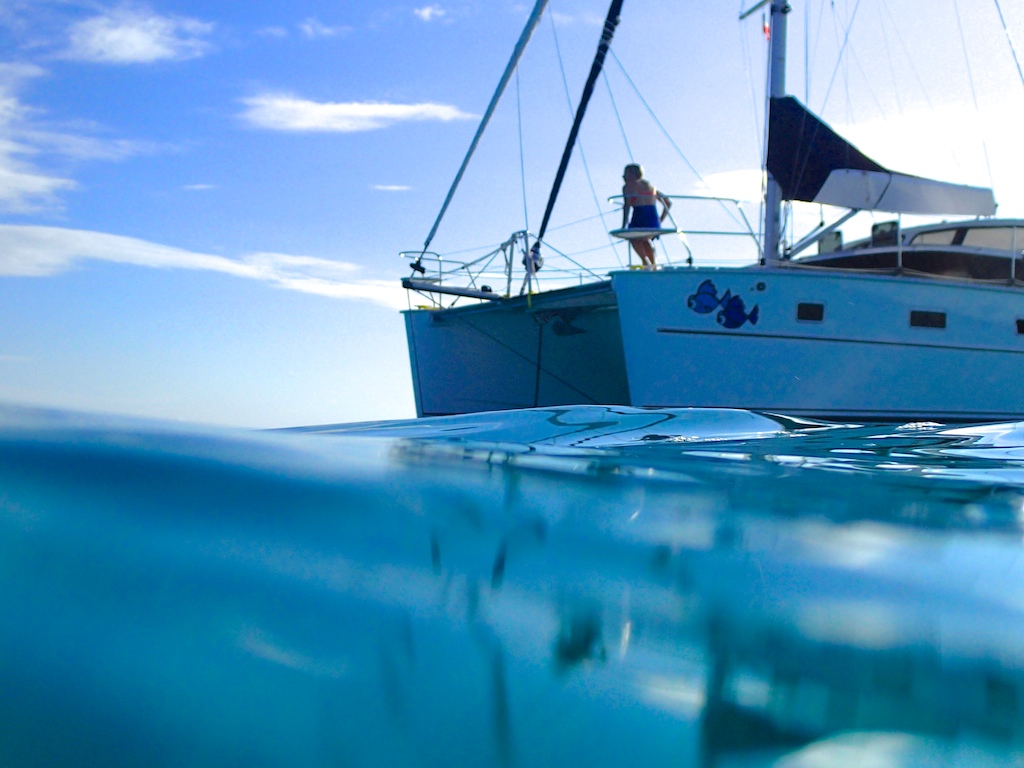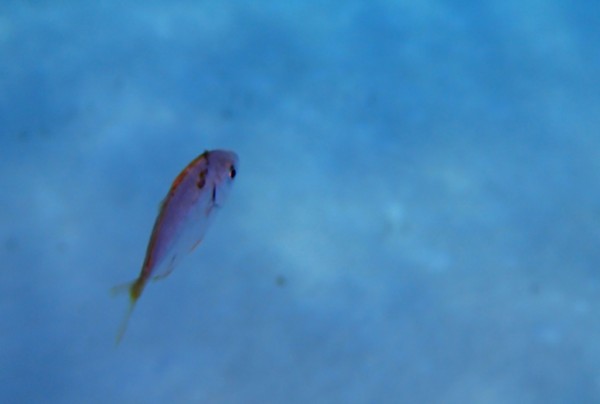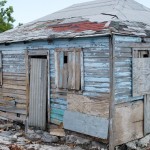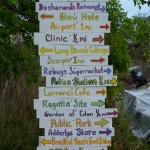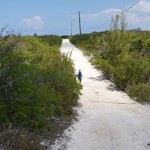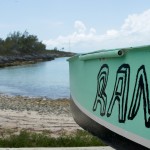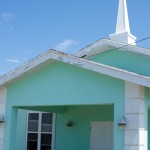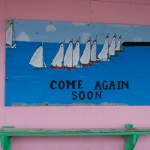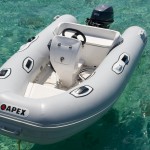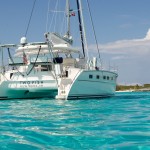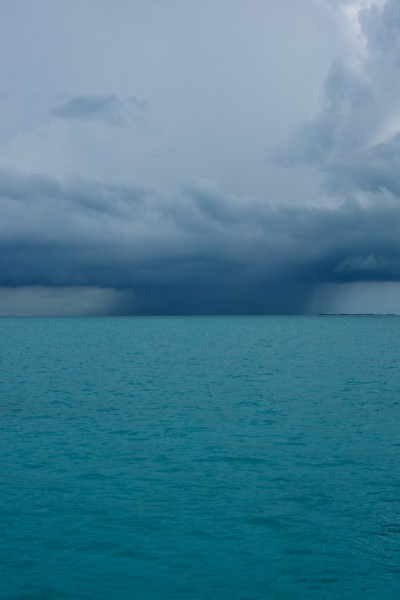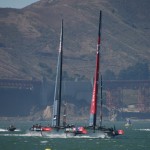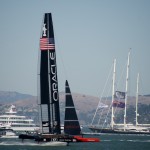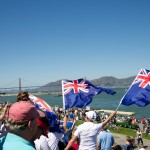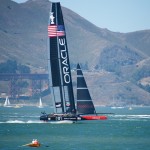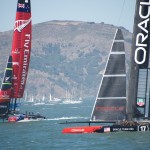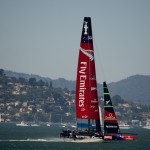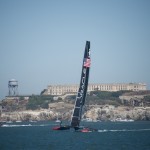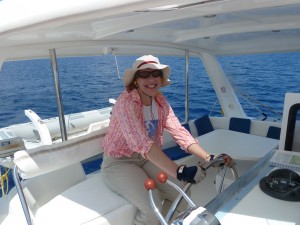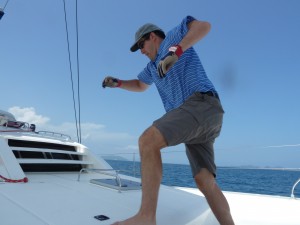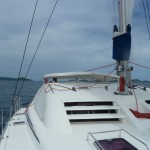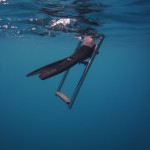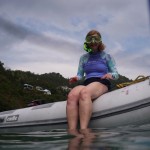At first light the clattering of our anchor chain could be heard as it returned to its locker. Two Fish was escaping from Balboa, Panama and heading off to explore Panama’s Las Perlas Islands. We used our motors to thread through 40 ships waiting for their turn to pass through the lock. Ships pay more for express passage so I suppose most of these were on the discount program. Busy season for the locks is in advance of the Christmas shopping season. We are in the middle of low season, a good time for sailing yachts to pass through. The anchorage has large wakes that mercilessly tossed Two Fish side to side. This forced us off the boat to explore a charming old town and a vibrant city. Confession: we spent one afternoon at a modern mall. Panama looks like a nice place for Americans to retire since the prices are decent and the weather warm. We joined the pizza night for “regular” cruisers instead of the Rally’s party bus. We met boats heading to Easter Island and Thailand. Also heard the story of a boat who cleated their line to the wall while in the lock. The line became extremely loaded when the water left the lock and they could not un-cleat it. They cut the line, causing the boat to become lopsided and touch the concrete sides of the lock. Thankfully we had great line handlers.
Thirty minutes after raising anchor, we were able to turn off the engines and propel ourselves to Isla Bayoneta. The breeze built so much that black fish (schreecher) was doused and the genoa rolled out. The breeze topped out at 30 knots causing us to reef the main. Promptly after reefing, the breeze declined while the current pushed us off course. As we approached the island, the wind dropped to a kind 10 knots and we sailed slowly down the coast watching various birds play. While we tried to find the right path in the reef, we reduced our speed to investigate twenty birds floating in the water. Were they just floating or were they on a reef? We gathered up the courage to approach and realized there was plenty of water. The algae are blooming currently so it is impossible to see the bottom. We cautiously approached our anchorage and found a good spot in a large area with only two boats. Balboa’s anchorage was filled with forty boats, two of which had dragged when the breeze rose to a meager 20 knots. I felt excited to have escaped from Balboa.
We have a week in Las Perlas before we head towards the Galapagos. We will spend the next week circumnavigating the island chain before catching up with the rally.
The route to the Galapagos is often blanketed with light breezes. Our hope is that the “gap wind” from the Caribbean comes over the isthmus and propels Two Fish for the first few days. Worst case, we will use our 900 miles of fuel to get to Darwin’s islands.
9,000 miles as the crow flies until Australia. Can’t wait for a kangaroo sandwich, does it come with fries?
Jason
www.twofishcat.com
